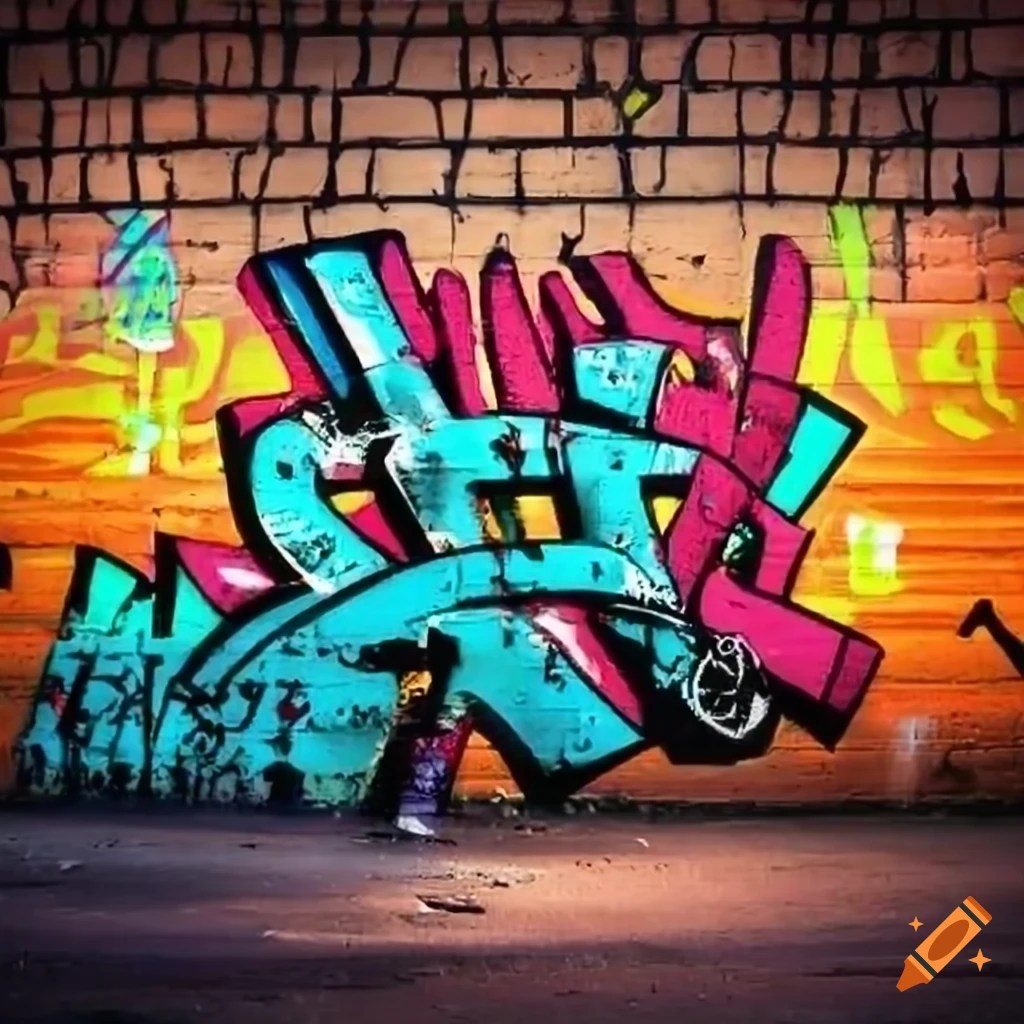From Streets to Sketchbooks: Mastering Graffiti Art on Paper
The raw energy of graffiti, born on city walls and back alleys, possesses an undeniable allure. While spray paint might be its most famous tool, the art of graffiti lettering can be explored and mastered on a more accessible canvas: paper. Whether you're drawn to the bold strokes of bubble letters or the intricate details of wildstyle, transforming your sketchbook into a graffiti haven is an exciting journey.
Before diving into the how-to, it's worth understanding the roots of this expressive art form. Graffiti's origins can be traced back to ancient civilizations, but its modern incarnation emerged in the late 1960s, blossoming in New York City alongside the rise of hip-hop culture. Initially a form of tagging—simple signatures or messages sprayed on public surfaces—graffiti evolved, embracing artistic complexity and pushing creative boundaries.
Bringing graffiti from the streets to your sketchbook offers a unique set of advantages. It allows for experimentation and skill development without the pressure of public spaces. You can meticulously plan your designs, refine your technique, and experiment with a wider range of tools without the limitations of time or legality. This exploration can serve as a stepping stone for those who eventually wish to translate their skills to larger canvases, or simply as an artistic outlet in its own right.
So, how do you begin to recreate the magic of graffiti lettering on paper? Start with the basics. Familiarize yourself with different lettering styles. Bubble letters are a great starting point, known for their rounded, playful forms. Block letters offer a more structured, bold look. As you gain confidence, explore styles like throw-ups, characterized by their speed and rounded edges, or the more intricate wildstyle, where letters intertwine and morph into abstract designs.
Your toolkit doesn't need to be extensive. Pencils, markers, and even ballpoint pens can be used to create stunning graffiti art. Experiment with different line weights to create depth and dimension. Practice shading techniques like cross-hatching or stippling to add volume and shadows to your letters. The beauty of graffiti on paper lies in its accessibility and the freedom it provides for experimentation.
Advantages and Disadvantages of Graffiti Art on Paper
| Advantages | Disadvantages |
|---|---|
| Accessibility and affordability of materials | Limited surface texture compared to walls |
| Freedom to experiment without legal concerns | May not fully capture the "raw" aesthetic of street art |
| Opportunity to develop skills and precision | Scale restrictions compared to large-scale murals |
Mastering the art of graffiti on paper takes time and dedication, but the results are incredibly rewarding. The process allows you to explore your creativity, develop your artistic voice, and appreciate the rich history and techniques behind this captivating art form. So grab your sketchbook, pick your favorite writing tools, and embark on your own graffiti journey.

how to write graffiti on paper | YonathAn-Avis Hai

how to write graffiti on paper | YonathAn-Avis Hai

how to write graffiti on paper | YonathAn-Avis Hai

how to write graffiti on paper | YonathAn-Avis Hai

how to write graffiti on paper | YonathAn-Avis Hai

how to write graffiti on paper | YonathAn-Avis Hai

how to write graffiti on paper | YonathAn-Avis Hai

Haha yes indeed, I've had people leave a one star review on Goodreads | YonathAn-Avis Hai

how to write graffiti on paper | YonathAn-Avis Hai

how to write graffiti on paper | YonathAn-Avis Hai

how to write graffiti on paper | YonathAn-Avis Hai

how to write graffiti on paper | YonathAn-Avis Hai

how to write graffiti on paper | YonathAn-Avis Hai

how to write graffiti on paper | YonathAn-Avis Hai

how to write graffiti on paper | YonathAn-Avis Hai